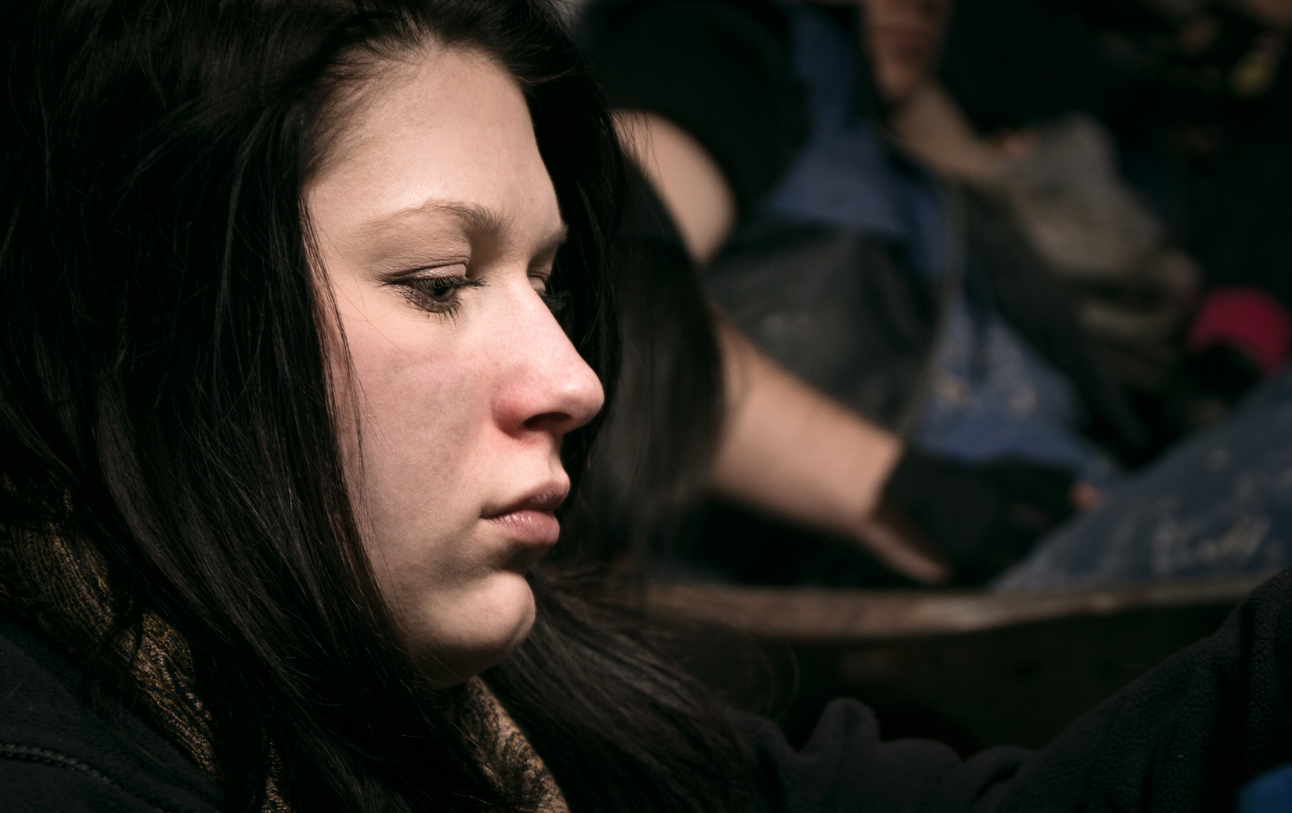
Key findings
Housing providers have a vital role in the response to domestic abuse
- As well as ensuring that survivors of domestic abuse who are made homeless can access the right support, more must be done to identify abuse early and keep survivors safe in their own homes. Housing providers are well placed to identify the signs of abuse and prevent escalation, by providing support to residents and having close links to local domestic abuse services. As well as a clear moral duty, there is a financial incentive for housing providers to intervene; SafeLives research with housing provider Gentoo found that 21% of repair costs could be attributed to domestic abuse.
Survivors of domestic abuse who become homeless face significant barriers to finding a safe and secure place to live
- Too often survivors of domestic abuse and their children must significantly disrupt their lives to secure a safe place to live. Our data shows that over 10% of clients supported with re-housing by a domestic abuse service were moved out of their local authority area.
- For someone who has had their autonomy and power stripped away by a perpetrator of domestic abuse, navigating the complexities of the housing system can be overwhelming. Too many survivors are falling through the cracks, with no safety net to catch them.
Domestic abuse is a significant cause of homelessness – and too many survivors are still ‘hidden’
- Research by the homelessness charity St Mungo’s found that 32% of the women they worked with said domestic abuse was a factor contributing to their homelessness (compared to 8% of men). The report also found that 35% of women who have slept rough left home to escape violence.
- We know that these figures do not reveal the true extent of the problem: homeless women are often ‘hidden homeless’ and are not counted in official statistics. We know women often choose to stay in situations that are dangerous or abusive, rather than face the unknown dangers of sleeping rough – a choice no one should have to make.
Chronically homeless women experience multiple forms of disadvantage, creating a cycle of abuse and homelessness
- Research shows that women with extensive experience of physical and sexual violence are far more likely to experience disadvantage in many other areas of their lives; homelessness is one area of disadvantage, but others include disability and ill health, substance dependence, poverty, debt and discrimination. All of these can be a further barrier to gaining secure accommodation and breaking the cycle.
- We have seen examples of housing providers doing ground breaking work in this area. The sector must now build on this work to ensure that anyone experiencing domestic abuse gets the right response, wherever they live.

